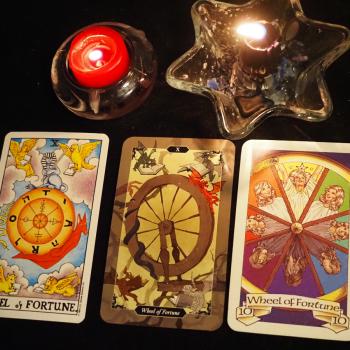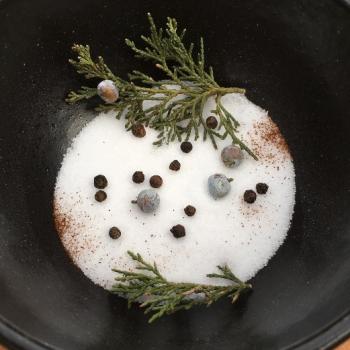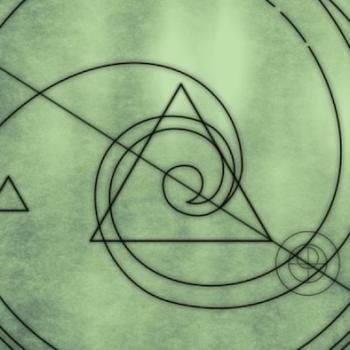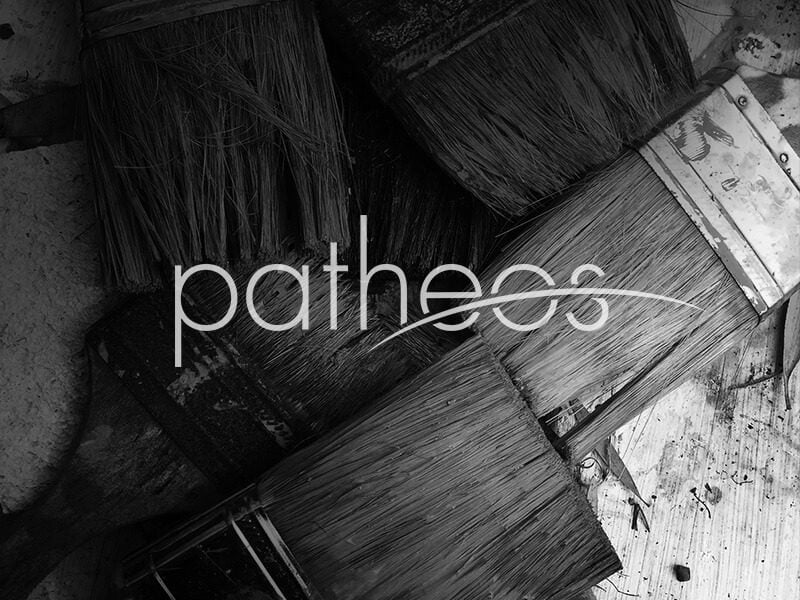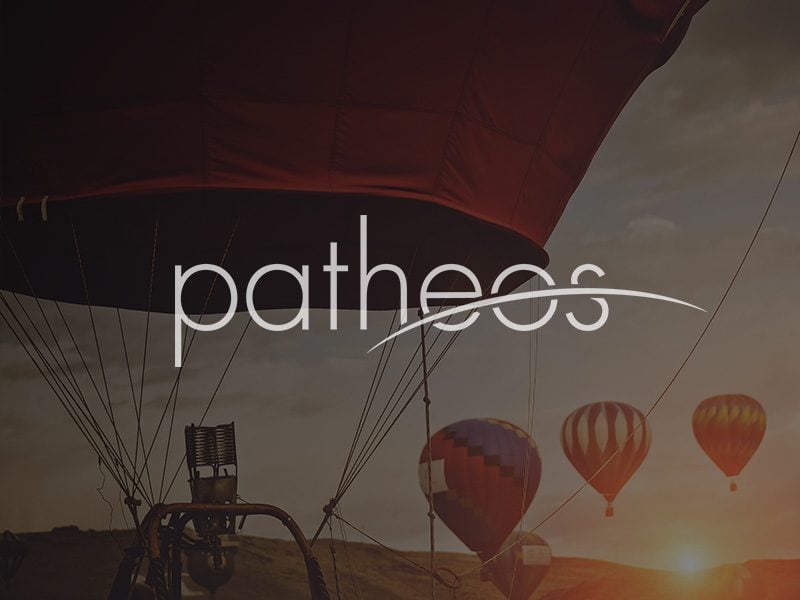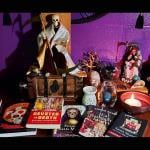At Samhain 1976, Judy Harrow attended her first Wiccan circle and knew that she had found what she had been looking for all her life. She joined Margot Adler’s study group, about which she has written,[2]
My “Gardnerian” training was unique, especially for its time. Not just unique among Gardnerians, unique among Wiccans. By the time I came along, Margot had finished the Questionnaire, the visiting, and the extensive in-depth interviewing. She was in the process of digesting the material gathered, writing and revising the book. The actual publication of Drawing Down the Moon was almost exactly two years after my initiation . . . For this reason, our training was eclectic or ecumenical . . . [or] bi-traditional, even though Margot was only empowered to confer Gardnerian lineage, and, in the formal sense, that’s all we got.
This is how it typically worked: Margot would be talking about any of the usual Wicca 101 topics . . . She’d tell us about the Gardnerian practice. Then she’d give us a survey of interesting alternatives she’d gathered from all around . . . Then, to cap it off, she’d tell us about how it was done in NROOGD. Margot’s love of the NROOGD material was very apparent, and we always used it in part. . . .
During the same period when she was earning her M.S. (1979) in Counseling from the City College of New York’s Graduate School of Education, Judy received her Gardnerian first degree in September 1977, her second degree about Samhain 1978. The second degree being the license to teach in the Gardnerian system, Judy began the Inwood Study Group in midsummer 1980. She began training a housemate, Daystar (Fred Kuhn, who was on the staff of WBAI), in the Craft, and soon became convinced that he should become her working partner. Daystar had intensely strong objections to using a scourge, an instrument of torture, as a sacred symbol; these arose out of deep ethical feelings that Judy always respected.
In November 1980 Judy and Rhiannon (Roberta) were elevated to Third Degree during the same circle. Judy was now authorized to operate independently, though she could and did turn regularly to her Queen, Margot, for advice, support, and help. She then raised Daystar to Third Degree, in a manner that respected his ethical feelings, and the two of them then rewrote the initiation rituals in a way that eliminated the scourge completely.
During 1981 the Inwood Study Group evolved gradually into Proteus Coven. Judy’s understanding at that time was that, because of the changes they had made in the rituals, the coven was not Gardnerian. Judy wrote, “Let me be very clear: I did not want to leave the Gardnerian family. I felt that I was directed to work with Daystar and to respect his ethics. Leaving the family was a price I was willing to pay—with grief—to do what I was supposed to do. It was never my goal.” Because COG had revised its membership rules to allow individual covens to join at long distance, Proteus was able to join COG in 1981, received her first ministerial credentials, and began a five-year fight with New York’s City Hall to be allowed to register as clergy.
During the spring of 1981, Margot, as Judy’s Queen, had a series of conversations about Proteus with her Queen, Lady Theos (Judy Kneitel, who had become the High Priestess of the New York Coven when the Bucklands turned it over to her in 1973). The goal of these at first was for the three priestesses and their working partners to meet, discuss the Protean changes, and decide whether they had in fact gone beyond the limits of Gardnerian identity. Judy had already given Margot copies of the revised rituals, which Margot had given to Theos. Judy assembled other materials in preparation for the meeting, and waited for a date to be set, but the meeting never happened.
Instead, Margot informed her, Theos and Margot had decided that, as long as two conditions were met, Proteus and any other coven would continue to be Gardnerian. These conditions were
(a) that the “original” rituals had to be passed along in the Book of Shadows, so that later covens would have the option to revert to them if they chose to, and
(b) that a High Priestess had to continue to stay in touch with her own initiators and take their advice into account in her decisions.
Judy felt “amazed and delighted by the good sense” of this solution. It validated what she was already doing anyway, and it provided “a way to create a loving family that could allow for individual differences. With that kind of flexible strength, we would have a way to grow—both by extending the limits of what we understand and do, and by attracting creative, free, independent people.” Proteus settled down tkio steady growth for the next four years, telling new initiates in good faith that they were being brought into the Gardnerian family. However, Judy later split Proteus’ workings into two paths: the Protean Lineage, which remained strictly Gardnerian, and the Protean Tradition, which was not. Unfortunately, a faction among the stricter Gardnerians refused to acknowledge this distinction.
In 1977-78 plans were announced to form the Massachusetts Pagan Federation. Its first meeting, on May 7, 1978, included Ron P., Karar de Hestia, Carol Maddox, Jim Baker, Andras Corban Arthen, Derek W., Ralph Des Rosiers, and Mary (Creuddylad). Karar became de facto leader. Much time was spent on trying to achieve consensus on definitions of what a “real” Witch was and of the mainstream of Wicca. The MPF worked hard for a year trying to come up with definitions that could encompass the practices of the diverse groups in the MPF, but ended up with a set of rules so restrictive that no one wanted to join.[3]
During 1979-1981, the large festivals were beginning to flourish on the East Coast, and there was another effort to create an Atlantic States Pagan Council, rather like the Midwest Pagan Council in Chicago. Rosemary Edgehill reported that the Mid-Atlantic Pan-Pagan Conference and Festival, for which Judy served as Program Coordinator, held on October 5-8, 1979, at Hidden Valley Lake in Kingston, NY, was attended by members of the Jersey Shore Pagan Way, the New Haven Pagan Community, and the Order of Ganymede, as well as by people from Ohio, New York, and Pennsylvania.[4]
In the June 1982 issue of Harvest appeared a later by Judy Harrow, dated February 9, 1982, commenting on an organizing meeting of about 26 people from a great many different groups that had taken place in Philadelphia. This letter, which had actually been intended only for distribution to those who had attended the meeting, discussed some major problems with organizational style and caused a flurry of controversy.
The proposed Council was never formed, apparently because it (1) was intended to compete with COG, and (2) also could not solve the structural problems that had faced the West Coast Pagan organizations in 1972, and that COG had circumvented by having only covens of Witches be eligible for membership. (It is worth noting that the Midwest Pagan Council had shattered in 1980 into three separate organizations, two of which consisted only of Witches, because of these same structural problems.)
During this general period, Judy was Chair of the Pastoral Care and Counseling Department at Cherry Hill Seminary. She founded the Pagan Pastoral Counseling Network in 1982, and co-created a workshop series on Basic Counseling Skills for Coven Leaders, which grew into a series of intensive workshops for Pagan elders. She also founded the New York Area Coven Leaders’ Peer Support Group.
On February 22, 1983, Proteus, Circle in the Greenwood of Albany, NY (headed by Imari), and the Athanor Fellowship of Boston (Andras Corban Arthen and Deirdre Pulgram Arthen) met to form the New England Local Council of the Covenant of the Goddess. Judy was elected as its first First Officer, and was later elected national First Officer for 1983-1984 at the COG national Merrymeet in Michigan in 1983. Other covens that joined NELCCOG in 1983 included Margot Adler’s Sys Arlodhes (Manhattan), and Michael Thorne’s Kathexis Anthropos (Gardnerian; Queens). Later the Council divided into three regions, one for Boston and New England, one for New York, and one for New Jersey. [5]
By April 1983 COG had become a legally recognized religious corporation with tax-exempt status in New York State, and Witches were granted clergy status by the state, but this did not solve the problem in New York City, which has its own laws and customs. In 1984, after four years of fighting New York’s Clergy Registrar Gwendolyn Jones, Judy Harrow took her case upstairs to Jones’ boss, City Clerk David Dinkins. Dinkins referred the case to the Corporation Counsel (New York City’s own personal lawyer), who returned an opinion on July 20, 1984, in Judy’s favor, essentially saying that the city could not impose requirements on COG’s ministers different from those imposed on members of other religions. Dinkins, however, simply refrained from showing this decision to anyone. The decision was discovered accidentally by Scott James in December 1984, while he was researching his article on Judy’s fight with City Hall. He gave a copy of it to Judy; she presented it to Jones, who then reluctantly allowed Judy to sign the clergy register on January 15, 1985.[6] An additional irony here is that Judy was also a civil servant, enforcing the OSHA regulations for the benefit of working people.
[1] Much of the material in this section was given to me verbally by Judy Harrow in 1991, at which time it was intended to be included in a book for Llewellyn Publications. Some data is from Judy’s public biography, still accessible at http://www.proteuscoven.com/Biojh.htm, from which her page in Wikipedia is derived.
[2] In a letter to Leigh Ann Hussey, March 31, 1990.
[3] This data is from Baker et al., “Witches at the Hub of the Universe.”
[4] Robin Hood’s Barn, no. 1 (1979), p. 15; no. 2, p. 3.
[5] The two preceding paragraphs purposely repeat information used in an earlier blog on the evolution of the Covenant of the Goddess.
[6] Data from Scott James, “New York’s Witches Fight City Hall, and Win.” Liberty, July/August 1985.



